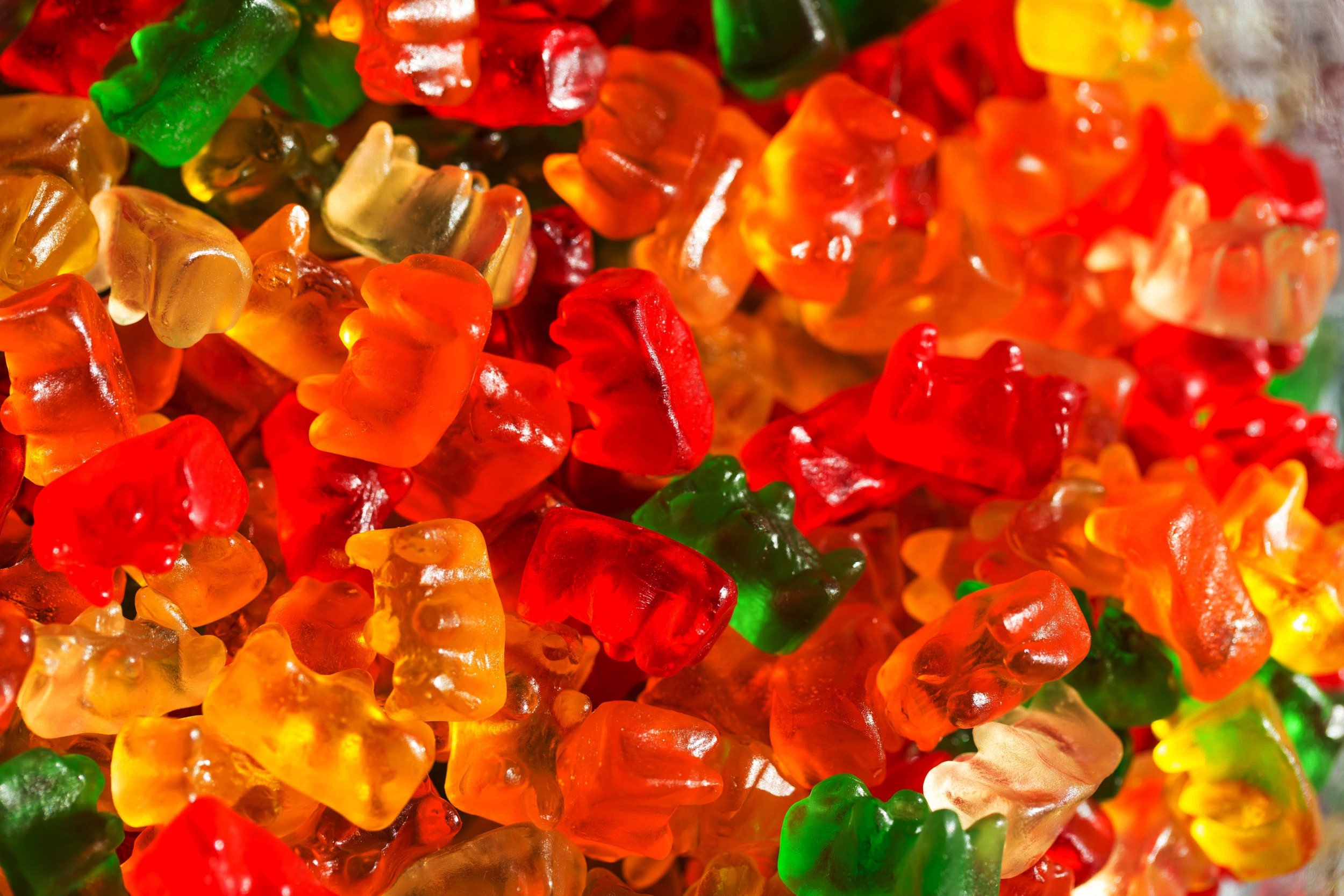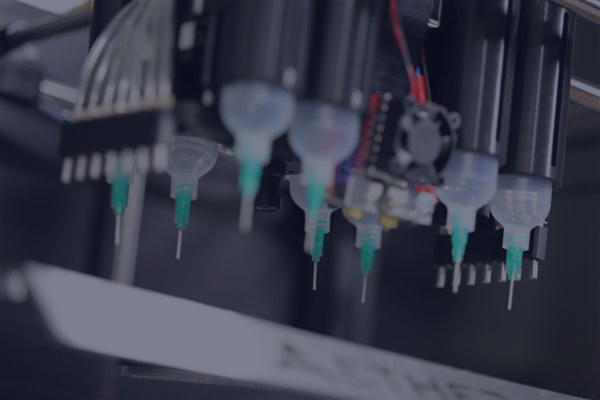Merging Nature and Technology through 3D-Printed Cilia Sensors

Eyelashes, eyebrows, and the minute hairs inside our nose and ears act as the body's natural defence, trapping dust and foreign particles.
On a cellular scale, tiny hair-like structures called cilia play a pivotal role in detecting minor environmental changes and enhancing human sensory experiences.
Phillip Glass, a doctoral candidate at Virginia Commonwealth University's Department of Physics, and his advisor Daeha Joung, PhD are exploring these biological concepts and their potential applications in nanoscience and nanotechnology. Their focus is on mechanosensing, which delves into how organisms detect and process external stimuli, resulting in sensations such as touch, hearing, and even pain. Mechanoreceptors, cells or organs that execute this sensing are central to their research.
One of the innovative outcomes of their research is the development of 3D-printed cilia sensors, designed to mimic the sensitivity and function of human hairs. Glass has noted the wide-ranging potential of these sensors in various applications, particularly in recognising unique sensations like the 'sliding' force. Their endeavours have led to significant breakthroughs, such as a robot equipped with cilia sensors that accurately interpret a surface with braille inscriptions.
Glass and Joung's research, detailed in a 2023 article titled "3D-Printed Artificial Cilia Arrays: A Versatile Tool for Customizable Mechanosensing," further elaborates on the potential industrial, environmental, and biomedical applications of these sensors. Possible uses include aiding surgical robots in detecting minute changes in pressure or temperature, assisting industrial machines in measuring air or water flow, or even enhancing the sensitivity of camera lenses against debris.
Glass's cilia sensors are particularly noteworthy because of their unique composition. Developed using a specialised 3D printer, these sensors are made from a blend of polycaprolactone (PCL), graphene—a super-conductive nanomaterial—and a solvent that dries upon air contact. This innovative technique allows the flexibility to produce cilia of various sizes by making minimal adjustments to the code, leading to sensors that can be fine-tuned to different environmental stimuli.
Building on the significance of such technological advancements, the broader 3D printing market is also witnessing substantial growth. According to Precedence Research, the global 3D printing market size is projected to hit around USD 98.31 billion by 2032 from USD 17.38 billion in 2022 and is poised to grow at a CAGR of 18.92% during the forecast period 2023 to 2032.
Broadening the horizon, companies such as ATLANT are marking their prominence in this evolving sector. With an investment of USD 15 million, ATLANT is known for its cutting-edge 3D printers that merge nanotechnology and 3D printing techniques, showcasing the potential of melding nanotechnology with tangible 3D printing outputs. Their expertise lies in creating solutions for prototyping micro-/nanodevices and systems.
Conclusion
The integration of biological understanding with advanced technological methodologies, as demonstrated by the work of Glass and Joung, is revolutionising the field of nanoscience and 3D printing. As researchers continue to delve deeper into mechanosensing and its vast applications, the boundaries between nature and machinery begin to blur. With industries recognising the immense potential of these innovations, the coming decade is poised to witness a significant fusion of biology with technology, driving transformative changes across various sectors. This harmonisation of natural structures with technological advancements is not just a testament to human ingenuity but also a beacon for future interdisciplinary research and its potential impact on our world.
COMPANIES TO WATCH:
Author:
Arnold Kristoff
Content Producer and Writer





